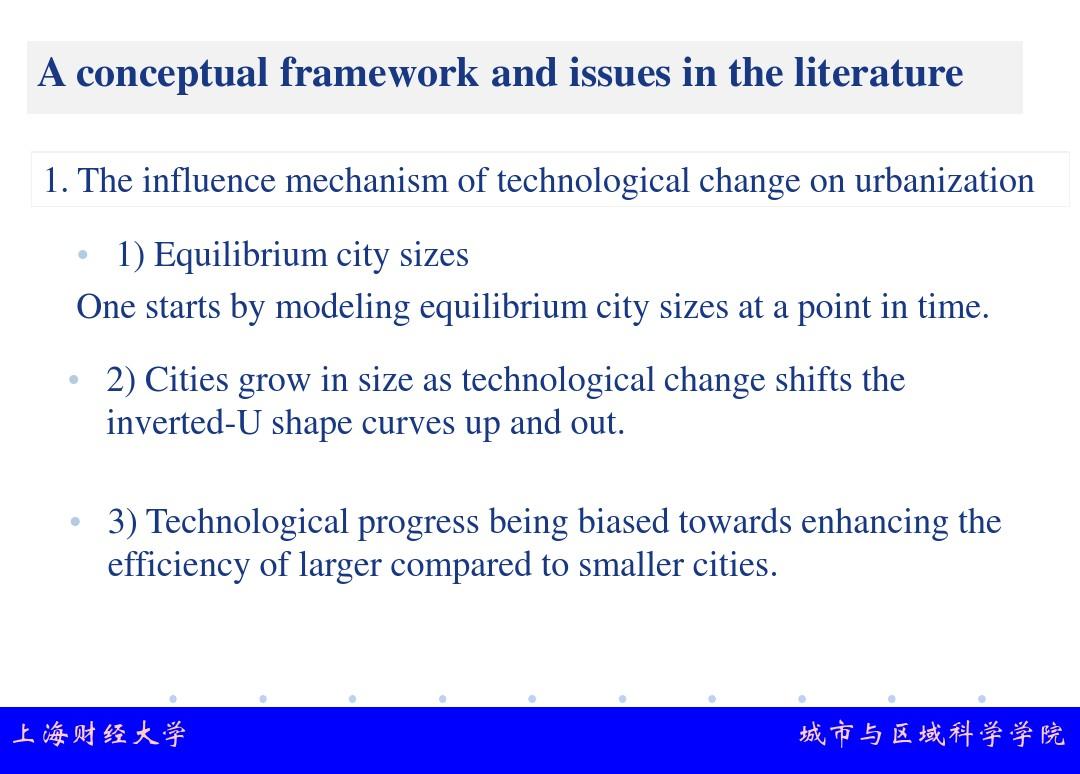Understanding the Fundamentals of Hardware: Examples and Their Importance in Technology
Understanding the fundamental principles of hardware is crucial in technology, as it provides a comprehensive understanding of how electronic devices function. Hardware refers to the physical components that make up a device, such as circuits, chips, and sensors. It is essential to comprehend the basics of hardware because it forms the foundation for all technological advancements. Forexample, computer hardware plays a critical role in data processing and storage. Without an appropriate understanding of computer hardware, it would be challenging to develop efficient software applications or perform complex calculations. Similarly, understanding the principles of robotics hardware is necessary for developing advanced robots capable of performing various tasks.Hardware also plays a significant role in industries such as manufacturing, where it is used to automate processes and increase efficiency. By understanding the fundamentals of hardware, individuals can develop new technologies that can revolutionize these industries and improve overall productivity. In conclusion, understanding the basics of hardware is essential in technology as it provides a solid foundation for innovation and development in various fields.
Introduction:
Hardware refers to the physical components that make up a computer system. These components include the central processing unit (CPU), memory, storage devices, input/output devices, and peripherals such as printers and monitors. In this article, we will explore different examples of hardware and their significance in technology. We will also discuss the role of hardware in the development of modern-day computing systems.

CPU:
The central processing unit (CPU) is the brain of a computer system. It performs various functions such as executing instructions, managing data, and communicating with other parts of the system. Examples of CPUs include Intel Core i3, i5, i7, and AMD Ryzen 3, 5, 7 processors. The choice of CPU depends on the requirements of the user, such as gaming, video editing, or general computing tasks.
Memory:
Memory is a temporary storage area where data and programs are loaded into the computer system. It is crucial for smooth functioning of applications and processes. Examples of memory include RAM (random access memory) and hard disk drives (HDDs). RAM is volatile memory that loses its content when the power is turned off. On the other hand, HDDs are non-volatile memory that retains data even after being disconnected from the power source.
Storage Devices:
Storage devices are used to store large amounts of data persistently. Examples of storage devices include hard disk drives (HDDs), solid-state drives (SSDs), and magnetic tape drives (MTDS). HDDs are cheaper and have larger storage capacities but are slower compared to SSDs. SSDs are faster and more expensive but have limited storage capacity. MTDS are the oldest form of storage devices and are not commonly used today due to their slow speed and limited storage capacity.

Input/Output Devices:
Input/output devices are responsible for receiving input from users and displaying output to them. Examples of input/output devices include keyboards, mice, monitors, printers, and scanners. Keyboards and mice are used for typing and navigating through files and applications. Monitors display visual information to the user while printers and scanners are used for printing documents and scanning images.
Peripherals:
Peripherals are additional components that enhance the functionality of a computer system. Examples of peripherals include graphics cards, sound cards, network interfaces, and modems. Graphics cards are used for gaming and graphic design applications while sound cards improve audio quality for music and video playback. Network interfaces allow computers to connect to the internet and communicate with other devices on a local network. Modems are used for connecting to the internet via wired connections like Ethernet cables.
Significance of Hardware in Technology:
Hardware plays a vital role in the development of modern-day computing systems. It is essential for creating efficient and powerful computer systems that can handle complex calculations and processes. The choice of hardware depends on the specific requirements of the application or task at hand. For example, high-end gaming systems require powerful GPUs and high-capacity RAM to run smoothly. Similarly, professional video editing software requires fast storage devices and high-performance processors to work efficiently.

The advancement in hardware technology has led to significant improvements in computing performance over time. The development of multi-core processors, cloud computing, and artificial intelligence have revolutionized the way computers operate today. As technology continues to evolve, it is likely that new hardware components will be developed to meet the evolving needs of users and businesses worldwide.
Conclusion:
In conclusion, understanding the different types of hardware components and their significance in technology is crucial for anyone interested in computing or related fields. From CPUs and memory to storage devices, input/output devices, and peripherals, each component plays an important role in enabling efficient processing of data and communication between different systems. The continuous advancement in hardware technology has led to significant improvements in computing performance over time, making it possible to create powerful and efficient computer systems that can handle complex tasks with ease.
Articles related to the knowledge points of this article:
Hulberts Hardware: A Legacy of Quality and Innovation
Title: Unleash the Power of the Best HDD Eraser Hardware for Optimal Data Recovery
McGuckin Hardware: The Ultimate Destination for DIY and Hardware Enthusiasts
Libre Hardware vs. Open Hardware: A Comparative Analysis
Title: The Evolution and Impact of Stadium Hardware Phone Number on Sports Spectators



